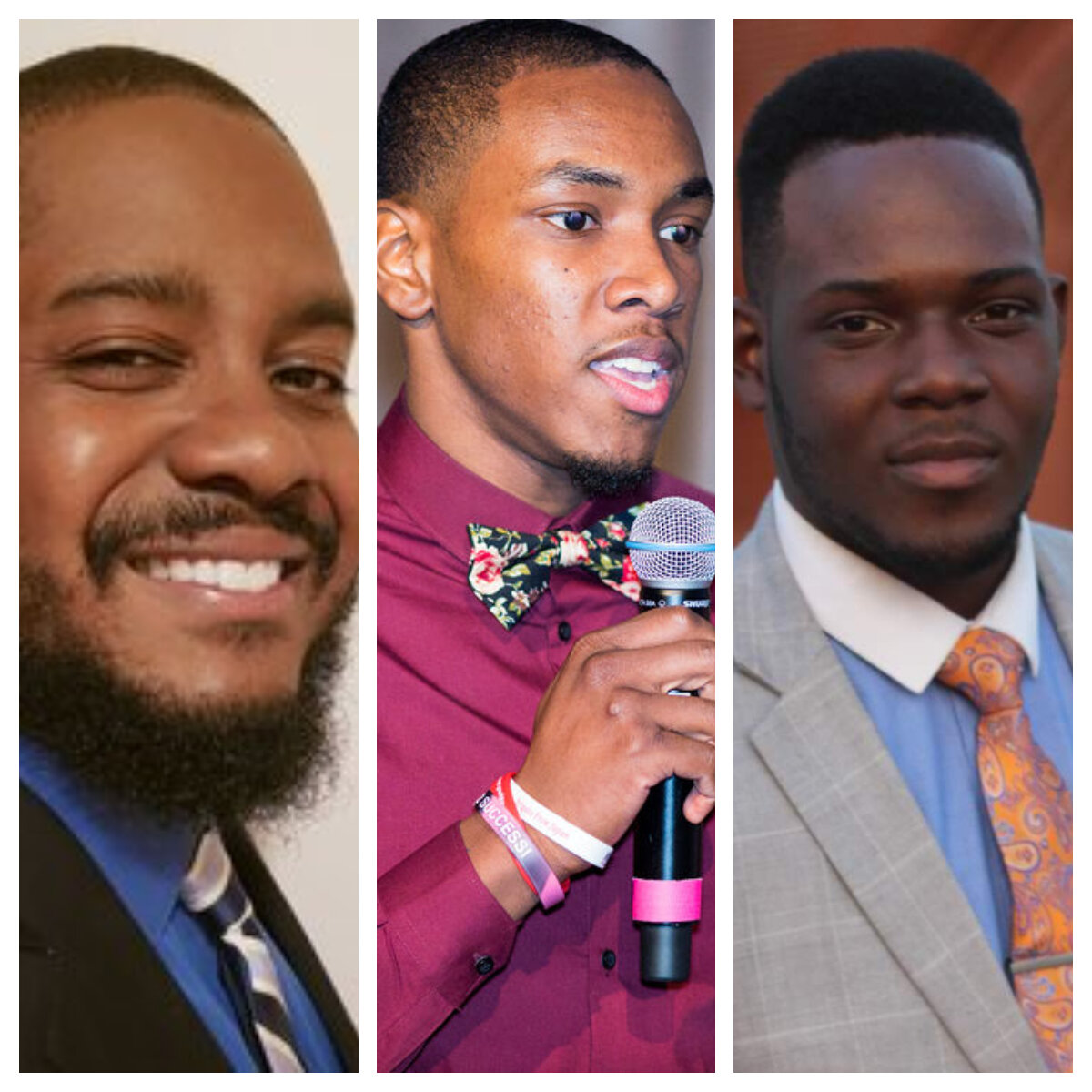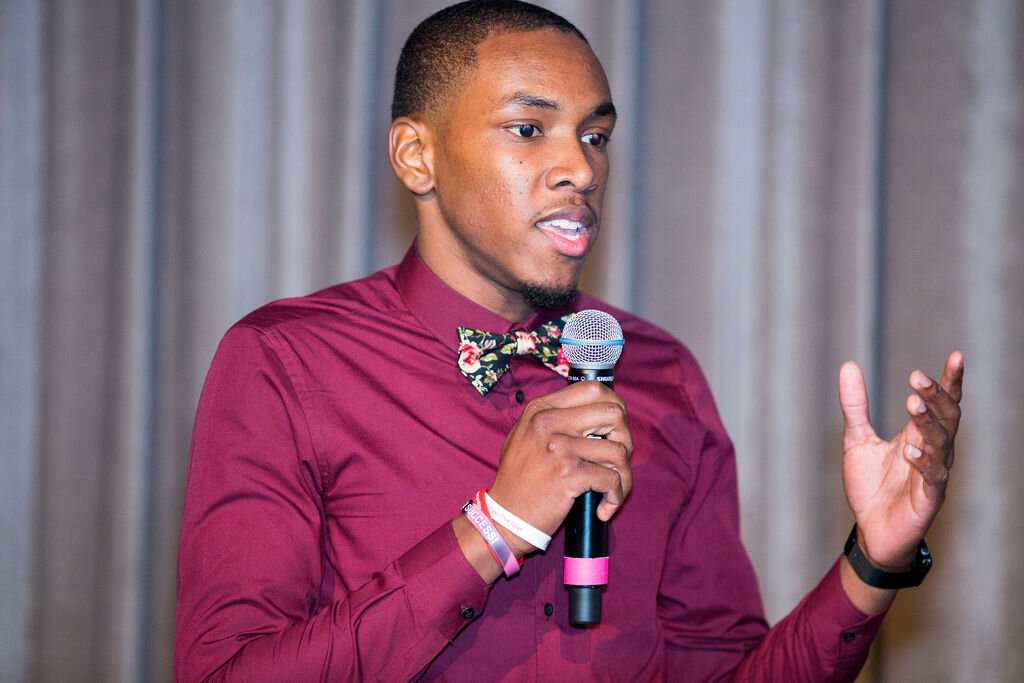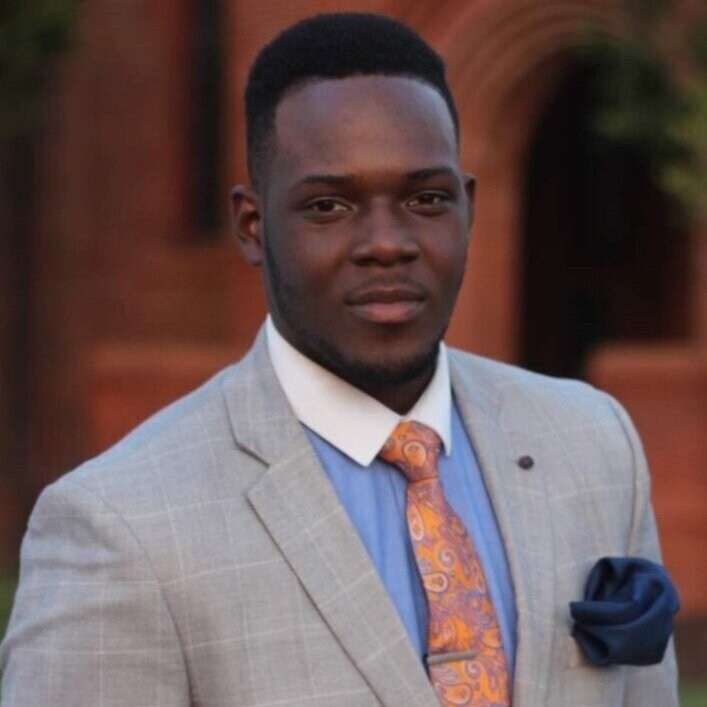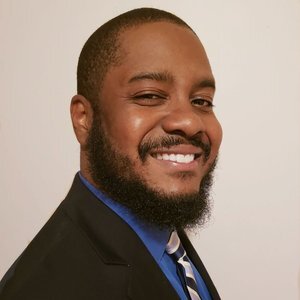Introduction
Innovative education practices at Read Alliance increase the presence of positive young male role models in an education setting, promoting both the advancement of the young men and the children with whom they teach.
Part 1: Step Inside Our Classroom
It’s 3:30pm and there are approximately 20 teens sitting in a bright classroom in Brownsville, Brooklyn in chairs that are clearly designed for people much smaller than them. There is a low murmur of talk and busy behavior—thumbing cell phones, drinking the last sip of a bottled juice, putting a backpack on the floor. One teen is walking around, looking through blue folders and checking more papers in a file box. Suddenly, there is a teacher in the doorway with a group of first grade students and the energy shifts. The teens sit upright and the children bound into the classroom, folder in hand, each one bee-lining to one of the teens. There is a moment of reconnecting as if both the teen and the little child are old friends. They chat. They smile. They nudge each other. The teen opens the folder, the student pulls a small red book from their backpack, opens it up and begins to read out loud - and just like that the tutoring session begins.
For the past 20 years, Read Alliance has created special classrooms like this, in which young people provide one-to-one tutoring for young elementary students who need additional support in reading. As an after-school program, Read Alliance’s model also gives teens the opportunity to gain valuable work experience, earn income, and at the same time serve little kids in the same neighborhood where they live and go to school. With the expertise and guidance of both the school teacher and Read Alliance program staff, the Teen Leaders, the professional title for their role, follow a curriculum that builds the reading skills and confidence of the kindergarten, first and second grade students.
While Read Alliance's primary goal is to improve the literacy skills of the small children, the vision to pair them with teens who look like them, come from the same neighborhood, and face the same barriers of inequity and injustice was intentional. Moreover, the core belief that both groups of children and teens enter the READ classroom with inherent strengths and potential is central to the organization’s values. Children can read, teens can lead, and when paired together they can bring out the best in one another. In the current political climate in which destructive rhetoric aims to promote false notions of who can succeed, or even who deserves the opportunity to succeed, the READ model proves that rhetoric false.
Part 2: The Importance of Diversity Among Educators
Annually, more than 1,000 teens from all five boroughs of New York work with Read Alliance. More than a quarter of them are young black and Latino men who made a decision to apply for the position, attend a training and ultimately tutor someone younger than them for 16 weeks. For most of them, they are the brown face in education that the student will learn from while in school. While 83 percent of New York City students are Asian, black or Latino, only 39 percent of teachers are, according to 2015-16 state data compiled by Education Trust-New York, an advocacy group that tries to improve outcomes for students of color.
“We know from powerful national research the importance of an educator workforce that is highly skilled, well-prepared, and diverse,” said Ian Rosenblum, the group’s executive director. According to an article by Talia Richman for the Baltimore Sun, citing research conducted by John Hopkins’ Nicholas Papageorge, “The National Bureau of Economic Research found that black students who have one black teacher by third grade are 13 percent more likely to enroll in college — and those who have two are 32 percent more likely. The findings build on previous research that has found black students are much more likely to graduate from high school if they see a black person at the front of their classroom.”
Read Alliance actively and effectively interrupts the narrative that zip code determines educational and career outcomes, and promotes the vision that black and brown men belong in the education space. Challenging the notion that black and Latino students lack the grit to succeed is inherent in the work that takes place in the Read Alliance tutoring session, and the young men often demonstrate compassion and understanding from a point of cultural reference. “Being a teen leader made me feel like I was what my brother was for me. I was pushing someone to their limits to progress and be a better version of themselves,” shared Réal Mason, 18, former teen leader and incoming freshman at the Vaughn College of Aeronatics and Technology. “Reading wasn’t the only issue for them. They had social issues, and being closer to their age group than an adult helped me to understand some of the things they went through on a day-to-day basis.”
In the South Bronx where Read Alliance has its largest footprint, more than 90% of students are black and Latino. The neighborhood also represents one of the lowest academic performing communities in New York State. Citywide, only 16% of teachers are Latino and 18% are Black, according to an Aug. 12 2019 article in the Wall Street Journal. This article, which cites a study conducted by the Education Trust New York, notes that the imbalance is particularly stark for men of color, which is further evidenced by the low numbers of black and Latino men enrolling and completing teacher preparation programs. There are several efforts to provide additional support to schools, and community leaders are collaborating to figure out the best methods to improve academic outcomes including how to recruit more black and Latino males into the teaching profession.
One of those is a proposal that rethinks how opportunities in the field of education are offered and to whom. An idea is to partner with organizations like Read Alliance that already place high school students in leadership positions and engages them in teaching strategies. The effort would enroll high school seniors in a process that would set them on a track to become a para-professional or substitute teacher in the Bronx. More than 10% of the young men employed by Read Alliance live in the Bronx and the majority of them attend schools where they do not have a teacher who looks like them, and even fewer have black or Latino male teachers. For them, the experience they are gaining with Read Alliance is not only preparing them for the professional world, for some of them it is leading them directly on a path toward higher education.
Part 3: Meet Michael
When he was little, the closest thing Michael Partis, now 33, had to a male role model was a neighbor in his South Bronx building named Thomas, a family friend who Partis could see wanted to be a positive influence in the neighborhood. Michael’s father was incarcerated at that time and his mother and grandmother couldn’t always watch him closely, and so he would occasionally go with Thomas to buy a water and cookies or to play chess in the park.
During his freshman year of high school, Partis learned of the Read Alliance program and, though he had never worked with youth before, signed up to be a teen leader. “I thought it was a good, logical way to teach reading and I liked going into the school. I felt one-on-one time [with the student] was important. I never had one-on-one attention like that, and it makes a difference.” Partis learned the value of modeling behavior through the “my turn, our turn, your turn” word-repetition tactic that is central to the Reading for All Learners curriculum Read Alliance employs.
In high school, Partis also began running track, and found his first male mentor in his coach, Mr. Brunelle Griffith. “He was relatable, had high expectations for us and a way of modeling the behavior and ideals he felt we should carry in the world,” says Partis. “He was not a stereotypical, hyper-masculine guy. When [my teammates and I] graduated high school, he gave us books.”
After high school, Partis majored in African-American Studies and Philosophy at Fordham University, where he helped to create a college access program for students of a local community-based organization, including a college student-shadowing component. He then studied in CUNY Graduate Center’s Cultural Anthropology Program, where he served as program coordinator for Hunter College’s Black and Latino Male Initiative, which featured a mentorship component. Partis then taught at Borough of Manhattan Community College and Brooklyn College.
“Read Alliance put me on that path,” says Partis. ”I had the organization on my resume and it kept opening doors to other opportunities. Once you have experience: Boom! Another opportunity appears. Now someone wants to be your reference: Boom! Read Alliance exposed me to the classroom and it exposed me to instruction.”
Today, Partis lives in suburban Long Island with his wife and three children but commutes each day to his childhood neighborhood, where he serves as director of South Bronx Rising Together, a cradle-to-career collective impact initiative focused on improving literacy, school attendance, and other academic outcomes in the South Bronx. Its target population includes students of the first two elementary schools where Partis worked as a Read Alliance teen leader. “I think change happens by getting as close as possible to the population that the result is focused on,” says Partis. “I can’t help but think that Read Alliance seeded in me the notion of what teaching and education could do.”
Part 4: The Impact of Diverse Educators
It’s evidenced that when a young person sees someone who looks like them as a success they want to emulate that behavior, those attributes. As a Read Alliance teen leader, young men of color are very aware that they are role models. “This past spring, a teacher called and told me that one kid was starting to go down the gang route,” says Trevor Hutson, 19, of an eighth grade student in the after-school mentoring program where he volunteers. Within hours, Hutson left nearby Hampton University, where he is a rising junior, and went to the school. He helped the student with his math homework while discussing the choices he was making. “I don’t want to see you go down that wrong path,” Hutson told him.
“You can teach someone how to read but applying different things can improve the process,” says Hutson of the tactic he learned during four years as a Teen Leader with Read Alliance. “[My Read Alliance student] Damian and I would talk. I would ask him how his other classes were today and he might say he was having an issue in math, with adding. By the time you knew it, we had read two books together and he also knew what to do in math class the next day.”
At the time Hutson learned of the opportunity to work with Read Alliance, he had never had a job, let alone one working with children. “I took that jump and hopped out of my comfort zone. It taught me how to be patient.” For the past few summers, he has worked at a funeral home, where he often assists grieving families. “I have to observe different things and listen carefully and recite info back. There are still things I do today that remind me of my time at READ.”
In a Nov. 2018 City Limits article by Gail Robinson, Overdue Assignment: Making NYC Schools more Culturally Responsive, the author quotes Nelson Luna, a Columbia student and educational activist, “When you don’t see yourself, you don’t feel connected and you don’t feel passionate. You feel out of place.” Robinson goes on to describe NYC’s DOE Chancellor Carranza’s commitment to greater representation and integration in NYC public school classrooms, including initiatives to increase educator diversity, specifically more “black, brown and male teachers.”
The disparities with access to quality education and teacher diversity are systemic issues that must continue to be challenged. “It’s important that policy-makers recognize that black and brown boys deserve the same opportunity to learn as any other child,” says Malika Thompson, a middle school teacher in the Bedford Stuyvesant, Brooklyn neighborhood, “and having teachers, mentors, teens who share the same experience is sometimes the best way to make sure that they do.”
Back in the classroom in Brownsville, Brooklyn, the clock strikes 5:25pm and one of the teens says loudly, “5 minute wrap-up!” There is a bustling in the room of short and tall bodies as students rise from the desks to put their books in baggies and then into their backpacks. The teens help them and replace other little books back into the multi-colored library that houses the leveled-reading curriculum. The teacher calls for the students to line up. Many of the students are still talking to each other about the book they just read. The teacher calls out again with a louder tone and the few remaining students fall into line. One runs back to the teen who was tutoring him and gives him a hug. They give each other a special hand-shake that moves up and down, intertwines fingers and ends with a high-five. Then say, “See you tomorrow.” The tutoring session ends and life continues.
Sources:
Brody, Leslie. New Data Show Few New York Teachers of Color in the Pipeline. The Wall Street Journal, August 12, 2019.
Disare, Monica. How Diverse is the Teaching Force in Your District? A new Analysis Highlights the Gap Between Students and Teachers of Color. Chalkbeat, Jan. 8, 2018.
Richman, Talia. Johns Hopkins Research Underscores Impact of Black Teachers on Black Students. The Baltimore Sun, Nov. 15, 2018.
Robinson, Gail. Overdue Assignment: Making NYC Schools More Culturally Responsive. City Limits, Nov. 14, 2018.
Trevor Hutson
Réal Mason
Michael Partis




